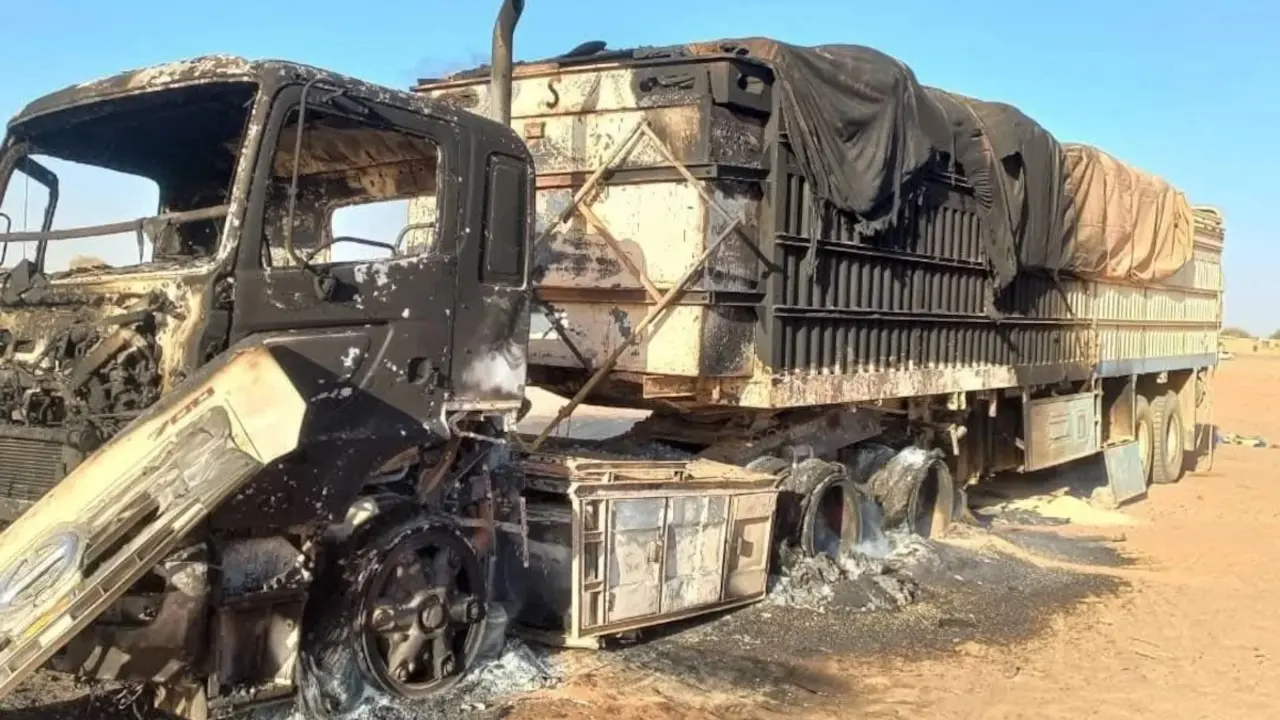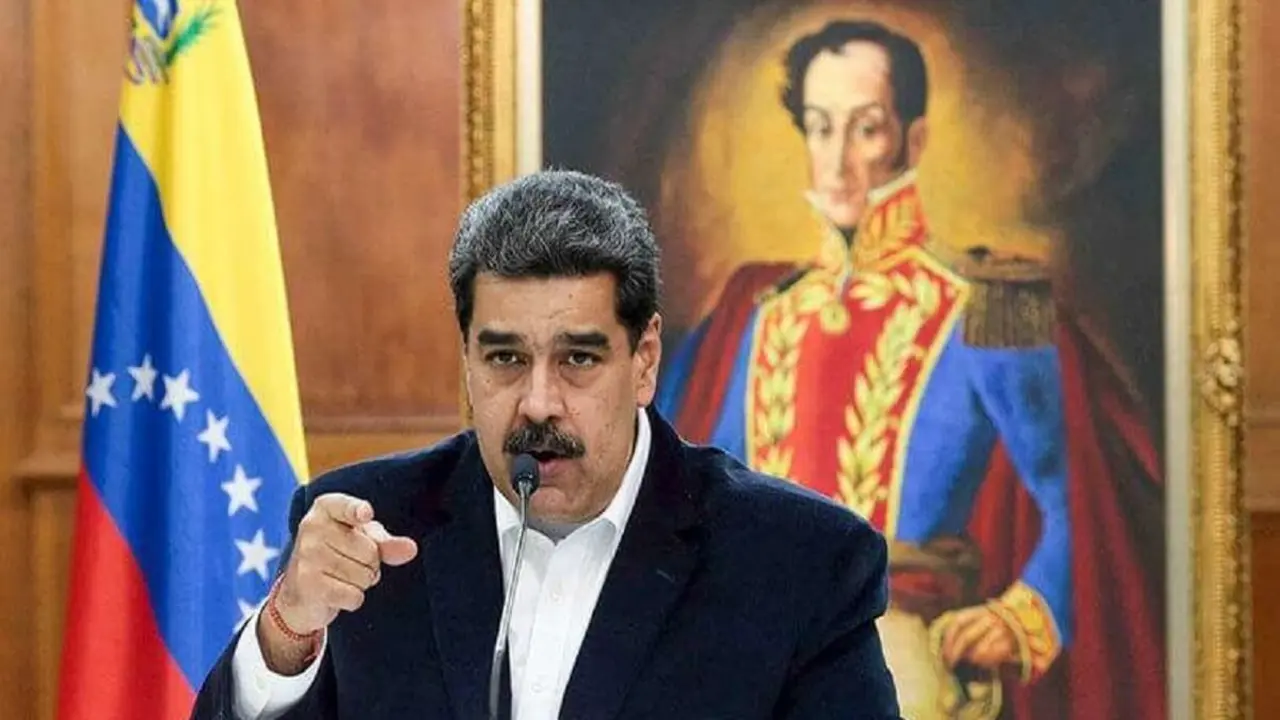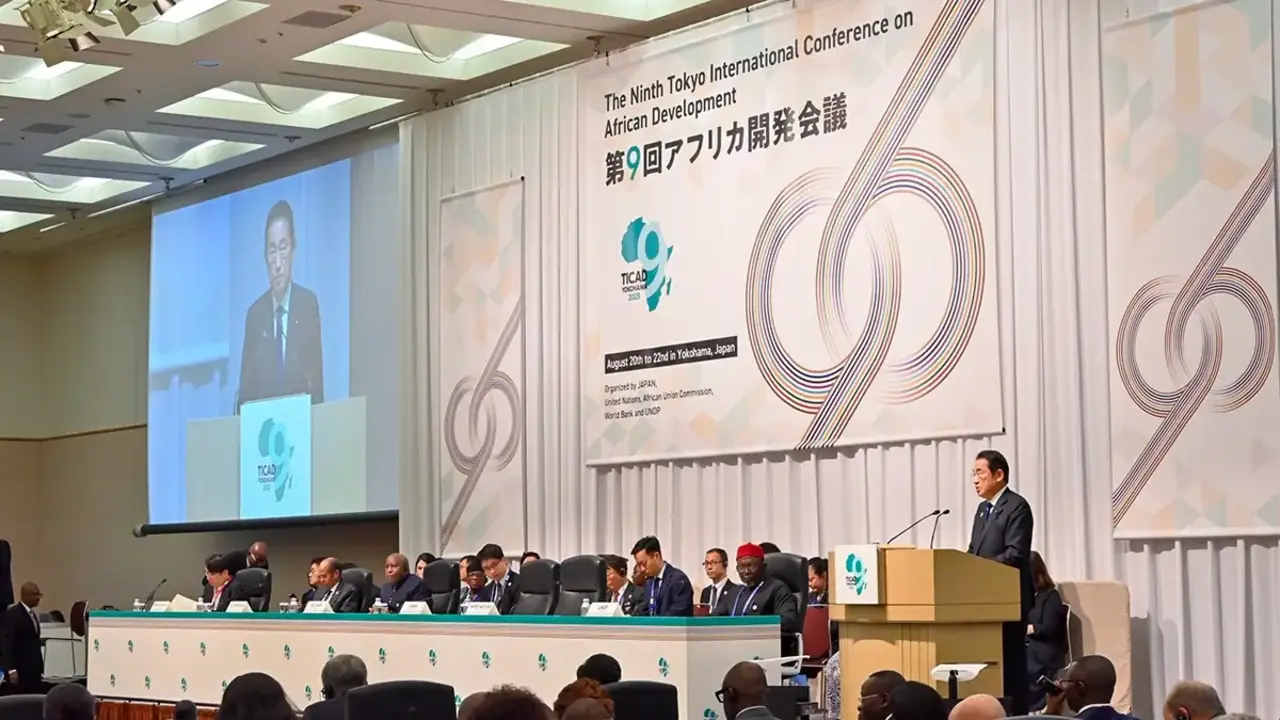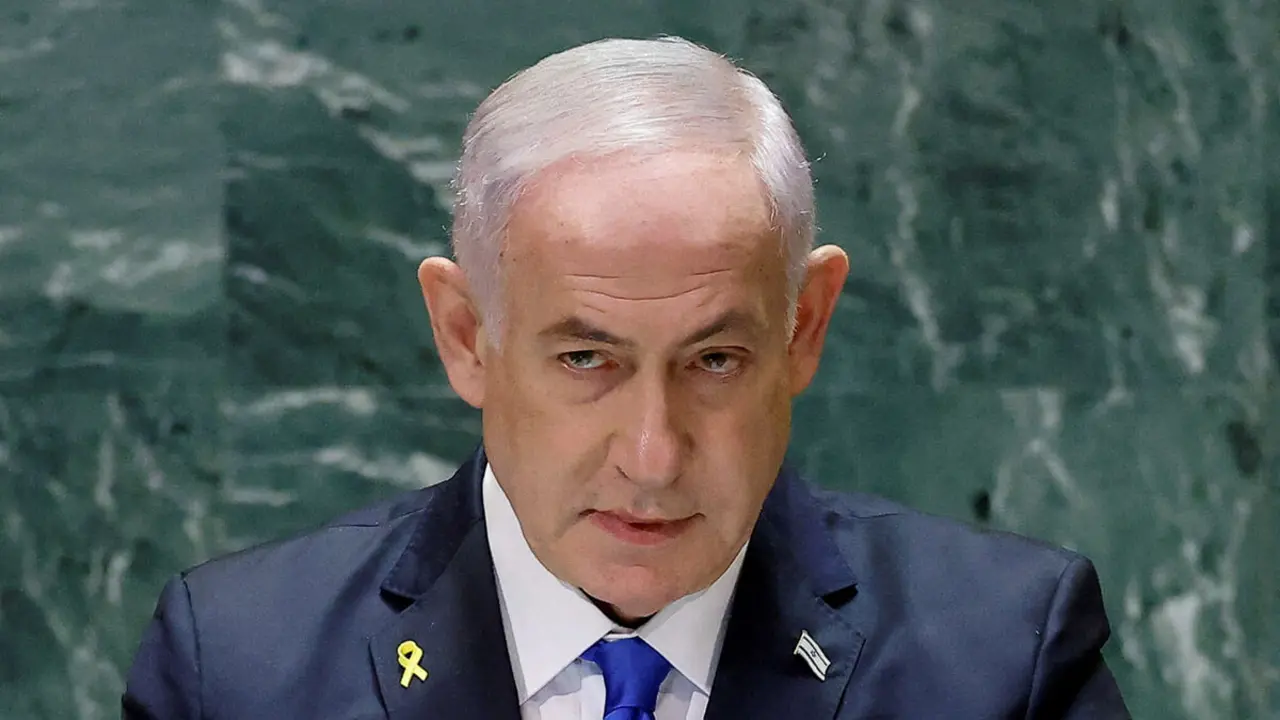The ‘Golden Dome’, more necessary than ever for the United States

The defence system known as the ‘Golden Dome’ is emerging as an urgent necessity for US national security. Recent conflicts in Ukraine and the Middle East have highlighted the limitations of traditional air defences against new-generation missiles.
In Ukraine, Russia has increased its use of Iskander-M missiles, capable of evading even advanced systems such as the Patriot. In addition, hypersonic missiles such as the Zircon and Kinzhal have been used on several occasions during the conflict.
At the same time, Iran has deployed hypersonic missiles such as the Fattah-1, which have tested the effectiveness of Israel's Iron Dome missile defence system.
Currently, the United States does not have operational hypersonic missiles, which represents a significant disadvantage against its adversaries. Lockheed Martin, a leading defence company, has described the Golden Dome programme as ‘urgent and essential to the security of the country’.

What is it about?
Unveiled by President Donald Trump in May this year, the ‘Golden Dome’ is a system that will be based on a multi-layered defence architecture, with both ground-based and space-based interceptors guided by a network of sensors distributed across land, sea, air and space.
This defensive shield will seek to intercept enemy missiles—whether ballistic, cruise or hypersonic—at any stage of their trajectory, and even before launch, using a combination of advanced space technology and missile capabilities.
Revisionist states
Other threats from Russia include the start of mass production of the Oreshnik hypersonic missile, developed specifically to compete with US defence systems. This missile has a range of up to 3,425 miles and can carry nuclear warheads. Its first operational use was recorded in November 2024, during an attack on a Ukrainian military installation in the city of Dnipro.

General Michael Guetlein, senior commander of the US Space Force, also warned of China's rapid advances in hypersonic technology. In 2021, Beijing surprised Washington with a successful test of a nuclear-capable missile using a hypersonic glide vehicle. This system can exceed five times the speed of sound and reach any target on the planet. The test included a manoeuvre known as fractional orbital bombing, in which the missile leaves the Earth's atmosphere and re-enters from an unexpected direction, making it extremely difficult to detect and intercept. Guetlein added that North Korea is also making progress in the development of similar hypersonic missiles.
However, the initiative has generated a strong international reaction. Both Moscow and Beijing have denounced the ‘Golden Dome’ as an ‘unrestricted, multi-layered global missile defence system,’ warning that it represents a ‘deeply destabilising’ factor for the strategic balance.
From Pyongyang, the Ministry of Foreign Affairs was even more blunt. In a statement released by state media, North Korea called the project ‘a scenario for nuclear war in outer space’ and accused it of supporting a strategy of ‘unipolar domination.’ In the words of the regime, the initiative is ‘a typical manifestation of the ‘America first’ policy, arrogant and authoritarian to the extreme.’

Economic challenges
The Golden Dome project is extremely expensive, with an estimated budget of around 175 billion dollars to complete. Spending is expected to grow in phases: 17.6 billion dollars in 2026, 50 billion dollars in 2027 and 100 billion dollars in 2028. Lockheed Martin, one of the main contractors, has compared the project to the ‘Manhattan Project’ because of its size and cost, highlighting the financial scale involved in developing this advanced space defence.
Technically, the programme is being rolled out in stages, starting with the integration of sensors and satellite tracking systems that can detect missiles in flight but do not yet have the capability to intercept them. The critical interception phase, especially during the missile's ‘boost phase,’ still depends on developing technologies that do not guarantee short-term success. In addition, current ground-based interceptors have a poor track record (about 20% success in tests), adding uncertainty about the system's actual effectiveness. For this reason, experts consider the promise of having an operational system in just three years to be unrealistic, and that a basic functional version could take a decade or more.
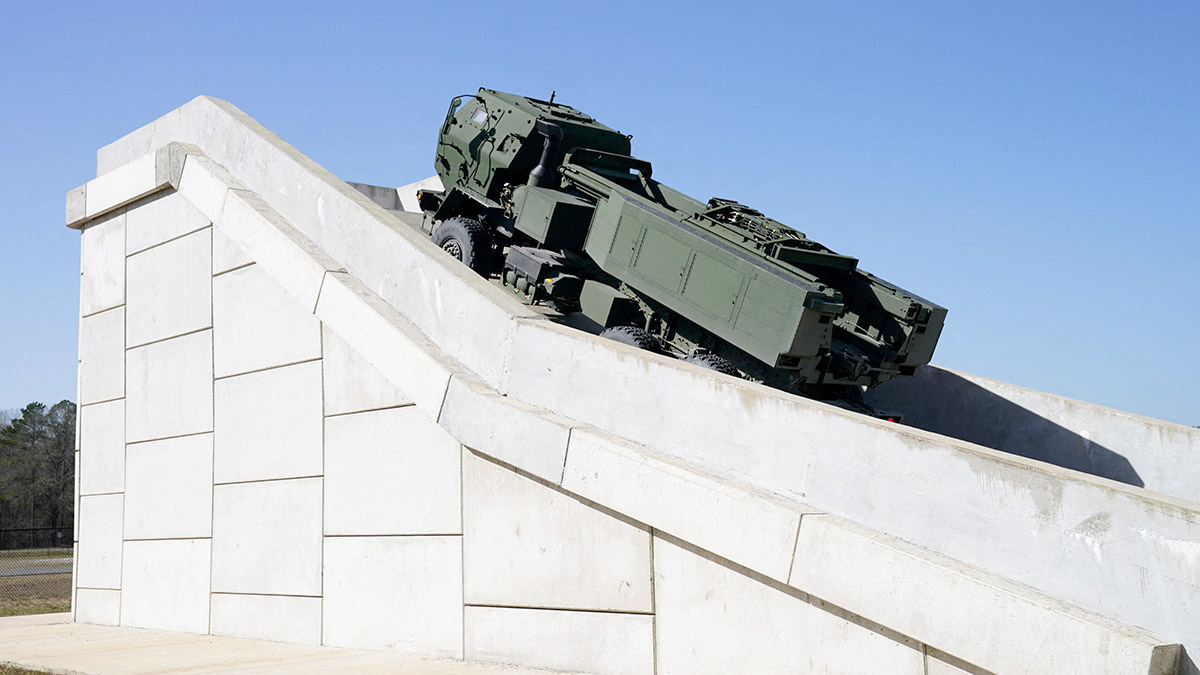
Geopolitical risks
From a strategic perspective, several analysts warn that the ‘Golden Dome’ project, far from strengthening global stability, could contribute to its destabilisation. The main reason is that this type of advanced defence would encourage adversaries to develop more sophisticated offensive weapons capable of evading or neutralising the system in high-tension scenarios. This dynamic reflects a classic paradox of the arms race: every defensive advance provokes an offensive response, perpetuating the conflict and raising its costs.
Military expert William Lawson argues that, although the Golden Dome represents a significant advance in defence, it does not in itself guarantee strategic security. To maintain credible deterrence, the United States should complement the system with hypersonic offensive capabilities that restore balance through the threat of retaliation.

Furthermore, the backing of such a robust defence could lead the United States to adopt more aggressive positions on the international stage, confident in its apparent invulnerability. This, however, could weaken the security of its allies and push other powers to expand their nuclear arsenals as a preventive measure.
Furthermore, if the Golden Dome were to offer almost total protection against ballistic missiles, it could seriously alter the global nuclear balance. The possibility of one power acquiring immunity from nuclear attack would break the principle of Mutually Assured Destruction (MAD), which has ensured containment between powers since the Cold War. In this context, other nations—such as Russia or China—could accelerate their nuclear expansion or, in an extreme scenario, consider a pre-emptive strike before losing their deterrent capability. Thus, a system designed to protect could paradoxically increase the risk of nuclear conflict.



